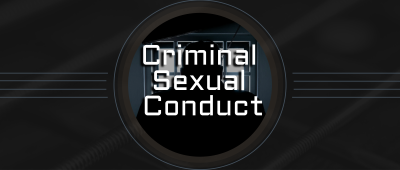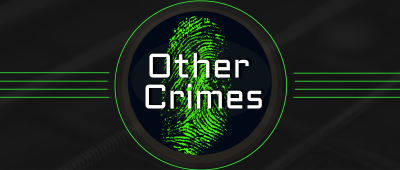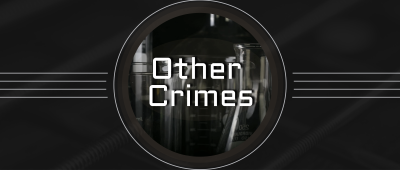Data Library
The Minnesota Sentencing Guidelines Commission (MSGC) was established in 1978 and became the first state in the nation to implement sentencing guidelines in 1980. Since its inception, MSGC has been a clearing house and information center, producing research and reports, but also providing data for individuals who request it. The Minnesota Sentencing Guidelines Data Library is a collection of short reports and statistics that have been previously requested through our data request portal.
The data library includes information on felony sentences pronounced in Minnesota. This often includes departure and plea information. Typically, these reports are based on a five-year average. Only felony cases that received a pronounced sentence are included. MSGC monitoring data are person-based, meaning cases represent persons rather than individual charges. The system generally counts persons sentenced within the same county in a one-month period only once, based on their most serious offense.
More complex reporting can be found on our reports page. If you cannot find the data you are looking for, you can submit a data request. If you require reports in an alternate format, you can contact the Commission directly.
Crimes on the Standard Grid

Property crimes involve the taking or damaging of someone else's property without the use or threat of force. These crimes can range from theft and burglary to arson and vandalism. The severity of the charges and penalties often depend on the value of the property involved and whether there are factors like prior convictions or hate crime motivation.
Crimes on the Drug Offender Grid

A drug crime refers to a first- through fifth-degree controlled substance offense, as outlined in Minnesota Statutes Chapter 152. This includes various offenses like possession and sale. The severity of a drug crime in Minnesota depends on several factors, including type of drug, quantity of drug, and intent.
Crimes on the Sex Offender Grid

"Criminal Sexual Conduct" is the legal term encompassing a range of offenses generally referred to as sexual assault or rape. These crimes involve nonconsensual sexual contact or penetration, with the severity of the charge – ranging from first-degree to fifth-degree – depending on factors such as the age of the victim, the use or threat of force or violence, the relationship between the perpetrator and victim, and the presence of any other aggravating circumstances.

Beyond the first through fifth degrees of criminal sexual conduct, offenses such as felony indecent exposure, sex trafficking, soliciting a minor to engage in sexual conduct or prostitution, and possessing pictorial representations of minors (child pornography), are included on the Sex Offender Grid.
Documents in the library were prepared by the research staff of MSGC in fulfillment of the Commission’s statutory role as a clearinghouse and information center for information on sentencing practices. These reports are not policy documents. Nothing in these reports should be construed as a statement of existing policy or recommendation of future policy on behalf of the Commission itself, or as an authoritative interpretation of the Minnesota Sentencing Guidelines, Minnesota statutes, or case law.



